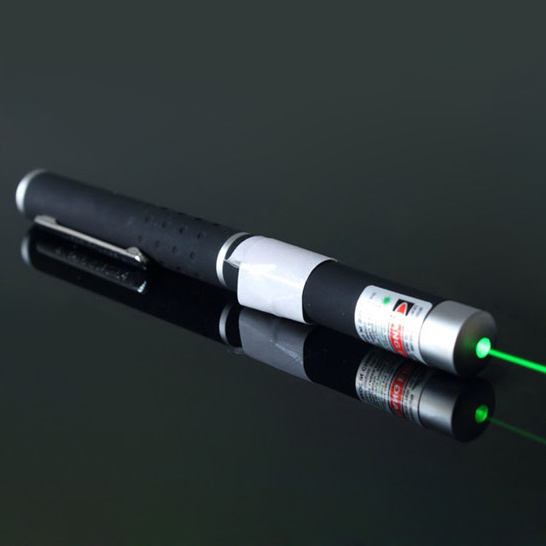Laser display is not a new technology, it has a history of 50 years. In the 1960s, the world’s first visible light laser pointer, the ruby laser, was successfully developed by Hughes Laboratories, which opened up a broad market for laser applications; in the 1990s, all solid-state lasers pushed laser display technology into the R&D stage; entered 21 After the century, laser display technology research and development has swept the world, countries have launched laser industrialization research, Sony, Panasonic, Hitachi, Toshiba, Mitsubishi, Epson, Samsung, LG and other well-known display giants have increased the research and development of laser display.
The development of laser display technology is synchronized with the international advanced level, and individual indicators such as color gamut are even better than developed countries. With the support of the “863” plan and the innovation project of the Chinese Academy of Sciences, five institutes of the Chinese Academy of Sciences jointly tackled key problems. In September 2003, it was the first to realize the laser full-color projection display in China. In January 2006, a 140-inch laser full-color display principle prototype was developed. And passed the appraisal of relevant departments, the appraisal conclusion is that the overall is in line with the international, and the color gamut coverage is internationally leading. The 18th, 19th and 20th national key research and development plan projects in 2016 are all three-color laser display technology topics.
Laser display technology is a new generation of core technology in the TV industry, which can truly realize ultra-high definition, full color and true three-dimensionality. At present, the laser display technology is at the same level as that of developed countries, and individual indicators such as color gamut are even better than those of developed countries. Core technologies such as supporting key parts of projection laser display have been overcome. Laser display shoulders the new mission of establishing an independent national display industry. Once it is industrialized, it will form a market scale of up to 100 billion US dollars every year.
Nowadays, laser display technology has become the focus of a new generation of display technology competition. In this regard, it is at the same advanced level as the international developed countries, and it is expected that laser display can achieve leapfrog development in the display industry. Related reports pointed out that the industrialization of laser display has accelerated in recent years, and core technologies such as supporting key components have been breached. Key products such as laser light source devices, LCOS microdisplays, short-focus optical engines, and ultra-short-focus optical engines have been successfully developed and batched Production; related materials, devices, and light sources have also been produced in small quantities, without the need to purchase from abroad; in addition, it has a number of technical patents. At present, laser light sources have been used in laser TVs, splicing walls, movie projectors, micro projectors and other products. The complete machine companies have formed representative companies such as Diwei Video, Guangfeng Optoelectronics, and Hualu.
The difficulty of laser display technology has been basically overcome. The biggest problem at present is industrialization. An important topic of this laser display technology and industrialization forum is to initiate the establishment of the China Projection green laser pointer Display Industrialization Alliance. “The “13th Five-Year” National Science and Technology Development Plan lists laser displays as the first new display project for new generation information technology, and the Ministry of Science and Technology also includes the development of laser displays in the “863” plan. I hope the country will continue to support the laser display industry and accelerate The industrialization process of laser display.”
I am very optimistic about the prospects of the laser display industry, but it is very important for companies to think about where to start before they market laser displays. Hou believes that there are two market-oriented directions for laser projection display that are worthy of attention: one is mobile. The development direction of laser display should be aimed at mobile home theaters and miniature projections. Just as laptops replace desktop computers, mobile is a potential LCD and OLED displays are fixed; the second is the development of super-large screens. At present, the development of LCD TVs toward super-large screens is limited. The competitors of laser display are high-brightness LED displays.
Laser display will form a scale of hundreds of billions of dollars in four markets, including super large screens/large screens, home theaters/TVs, micro projections/mobile phone projections, and computer screens/game consoles. “Academician Xu Zuyan said, “In these four major markets, do not underestimate game consoles. Game consoles are currently more profitable than other market sectors. This industry needs Jobs-style creativity, to give full play to and apply the advantages of laser displays, and to continuously satisfy mankind’s best visual enjoyment with high-fidelity laser displays.
